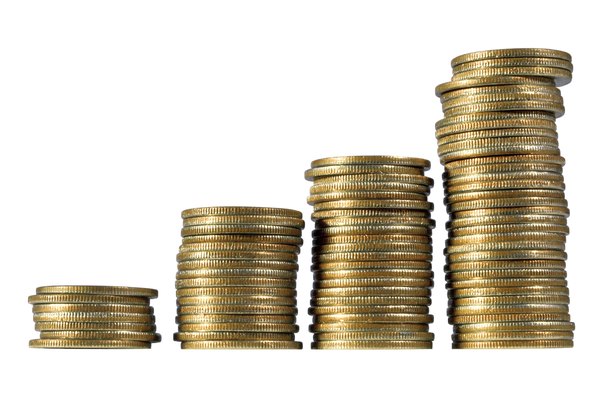Investment Accounts That Earn Compound Interest
Compounding builds growth on top of growth.
Comstock/Stockbyte/Getty Images
Albert Einstein once joked that the most powerful force in the universe is neither mass nor energy. It's compound interest, which is what happens when you earn interest on your money including the interest that's already earned. While some investments have compounding built in, others don't automatically do it.
Compound Interest Basics
Imagine $10,000 in an account that yields 8 percent per year and compounds once per year. At the end of the first year, you'd have $10,800. If the account didn't compound, you'd get another $800 at the end of the second year for a total of $11,600. In a compounding account, though, you get 8 percent of $10,800, which gives you an extra $864 for a total of $11,664.
Over time, these additional earnings mount and, after nine years, the compounding account with $10,000 would have $19,990.05 while the noncompounding account would have $17,200. If you reinvest your earnings, or resist the temptation to withdraw these compounded earnings, your money can grow even more. You can also add new money to the account on a regular basis to realize still more growth.
Choosing Bank-Type Investments
Bank-type investments such as certificates of deposit and money market investments frequently compound. Many banks compound on a daily basis, even if they don't pay out the interest every day. Money in a brokerage account money market also frequently compounds because, whenever you earn interest, it sits in the same account where it earns more interest.
Considering Zero-Coupon Bonds
Another example of a compounding investment is a zero-coupon bond. When you buy a traditional bond, you frequently get periodic interest payments that, in many cases, don't compound. With a zero-coupon bond, you don't get interest checks. Instead, you buy the bond for a fraction of its initial value and it gradually grows through compounding to reach its eventual price at maturity.
Compounding Through Reinvestment
When you buy stock in a mutual fund that pays dividends, the mutual fund usually doesn't compound. You get dividends, and they sit in your account. To create compounding, you need to reinvest those dividends. Some stocks and mutual funds have their own dividend reinvestment plans that take care of automatically using the money to buy more of the stock or fund.
In other cases, you choose when and where to reinvest the money. If you follow this strategy and keep your money working for you by reinvesting it as quickly as possible, you can turn any brokerage account into a compounding account.
References
Writer Bio
Steve Lander has been a writer since 1996, with experience in the fields of financial services, real estate and technology. His work has appeared in trade publications such as the "Minnesota Real Estate Journal" and "Minnesota Multi-Housing Association Advocate." Lander holds a Bachelor of Arts in political science from Columbia University.

